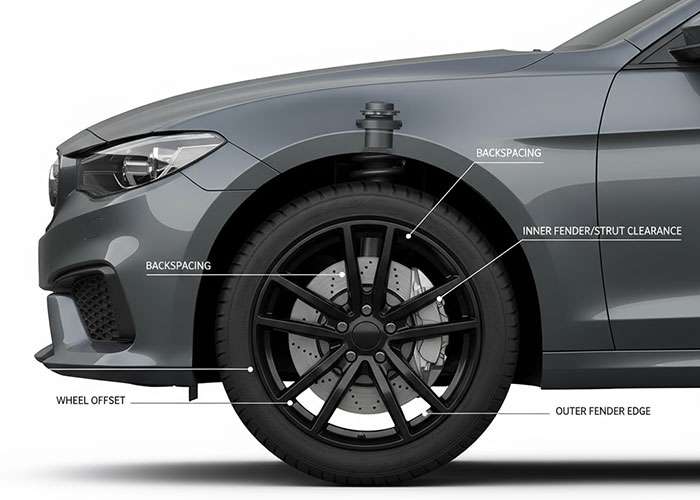
Short answer: Upsizing from 22 inch to 24 inch or 26 inch wheels delivers a bigger stance and sharper steering feel, but it demands precise fitment: correct offset and backspacing, verified brake and fender clearance, and tires with proper load and speed ratings. Use our calculators, test-fit carefully, and re-torque lugs after 50–100 miles.
As wheel diameter increases, tire sidewall height typically drops. That can improve response but reduce ride comfort and impact absorption. Wheel and tire weight often rises with diameter, which can affect acceleration and stopping distance. The key is balancing visual goals with safe, street-proven fitment.
To simplify fitment, consider a mounted and balanced set from our Wheel and Tire Packages. We curate diameter, width, offset, tire size, and hardware for your specific vehicle so you can bolt on with confidence.
Use the Advanced Tire Size Calculator to compare your current 22 inch setup to candidate 24 inch or 26 inch sizes. Note overall diameter, section width, and sidewall height.
Confirm the new wheel width and offset versus your chassis using our Backspacing Calculator. Protect inner clearance (strut, control arm, liner) and outer clearance (fender lip).
Measure caliper to barrel and spoke clearance. Many large-diameter wheels clear radially but can touch the barrel or spoke pockets near caliper shoulders. Turn lock to lock and compress suspension to check dynamic clearance.
Select a tire size that meets or exceeds your original equipment load index and has a speed rating suitable for your use. Slightly narrower section widths can help avoid fender contact on aggressive fitments.
Some trucks and sport utility vehicles may need a small level kit or minimal liner trimming for 24 inch or 26 inch packages, especially with wider tires.
Use hub-centric rings where applicable and the correct seat style (conical, ball, or mag) for your lugs. Torque lugs in a star pattern to the manufacturer specification.
Low-speed test for rubs over dips and while turning. Re-torque after 50–100 miles and schedule an alignment to optimize tire life and steering feel. Review our installation instructions for best practices.

| Current (22 inch) | Target (24 inch) | Target (26 inch) | Notes |
|---|---|---|---|
| 285/45R22 | 295/35R24 | 305/30R26 | Keep overall diameter similar; verify fender lip clearance with wider sections. |
| 275/50R22 | 285/40R24 | 295/30R26 | Narrower options may reduce trimming risk on leveled trucks. |
If overall diameter changes, your speedometer can read high or low. Use the Advanced Tire Size Calculator to select a tire size that keeps overall diameter close to stock.
Yes. Any change in wheels, tires, or ride height can alter alignment angles. An alignment helps prevent uneven wear and keeps steering true.
Always re-torque after 50–100 miles of driving to confirm proper clamping force as components settle.